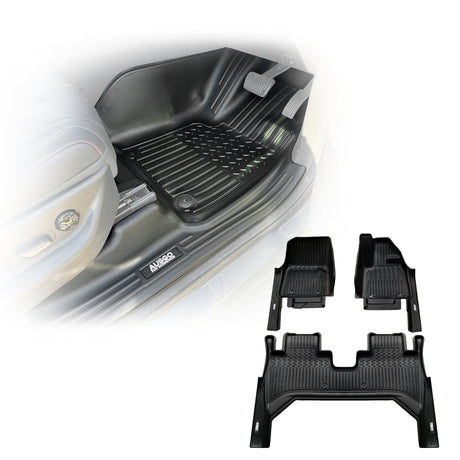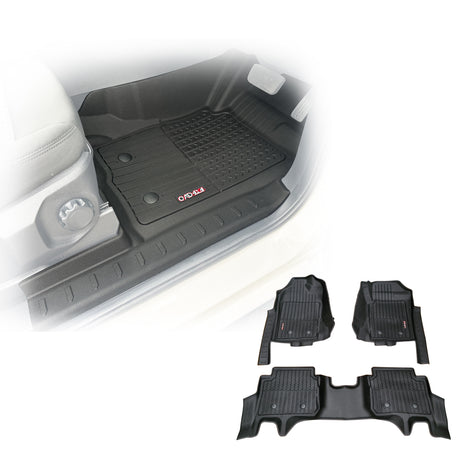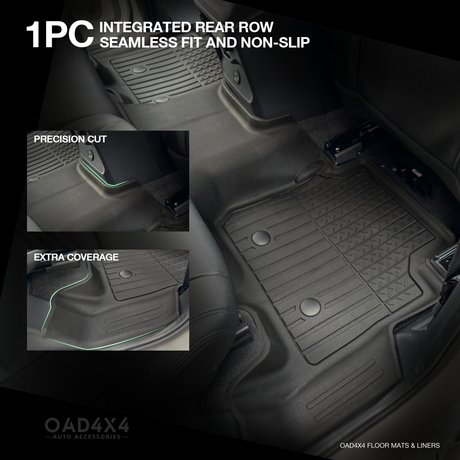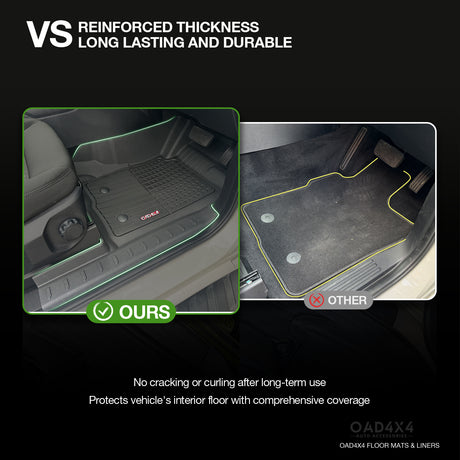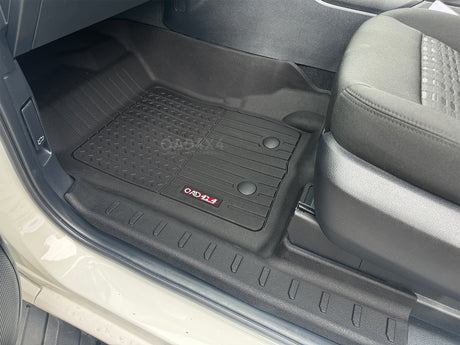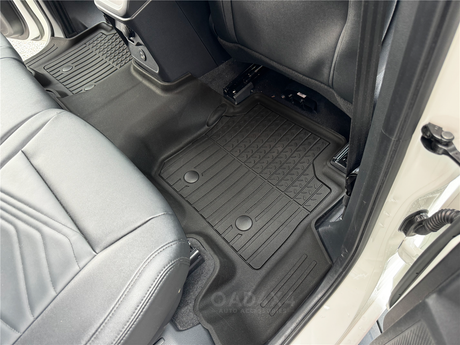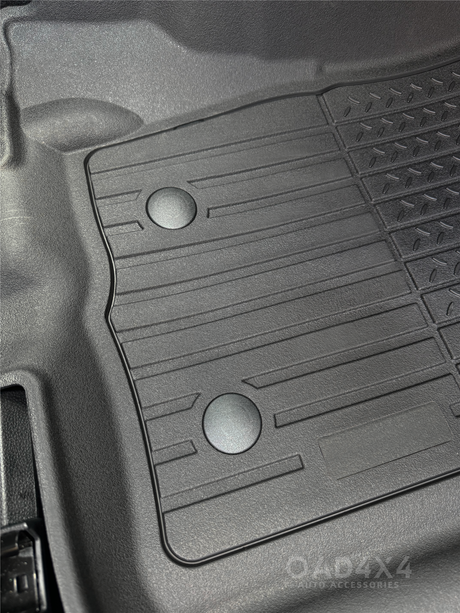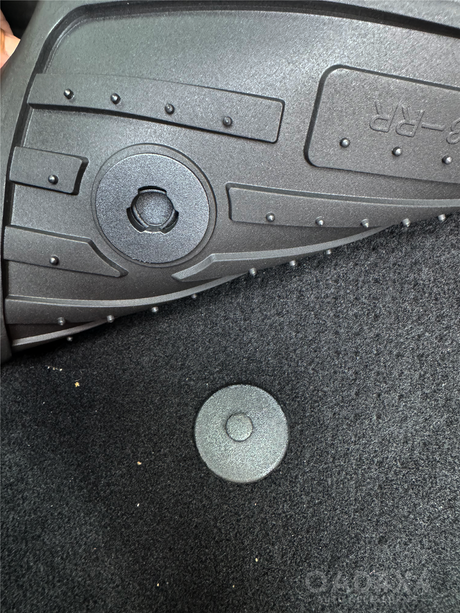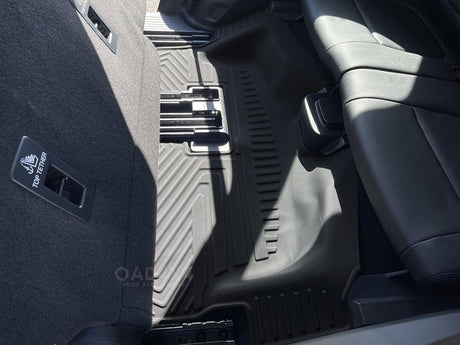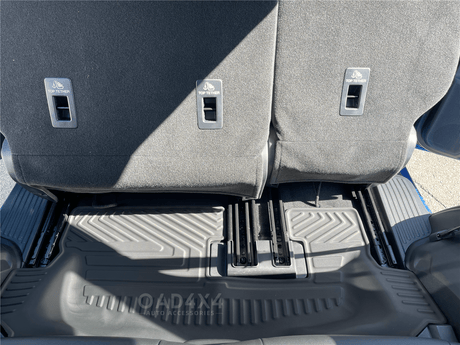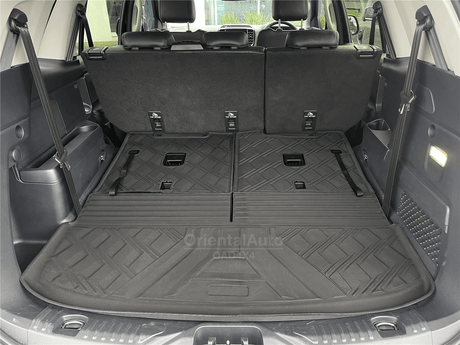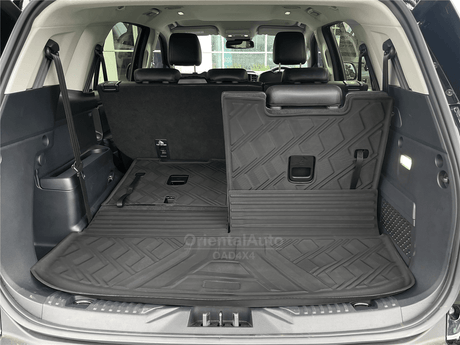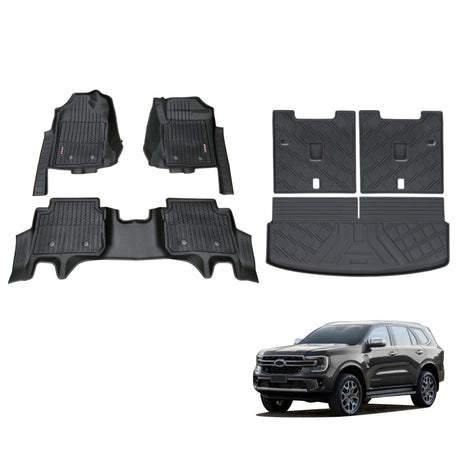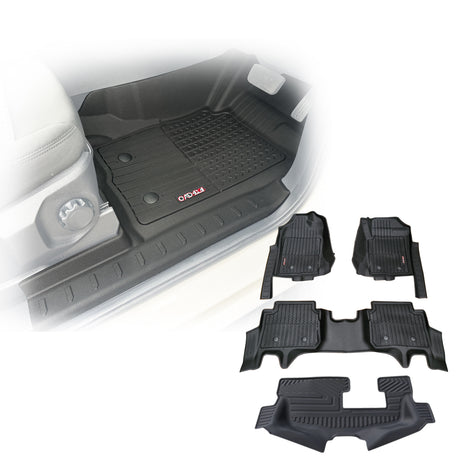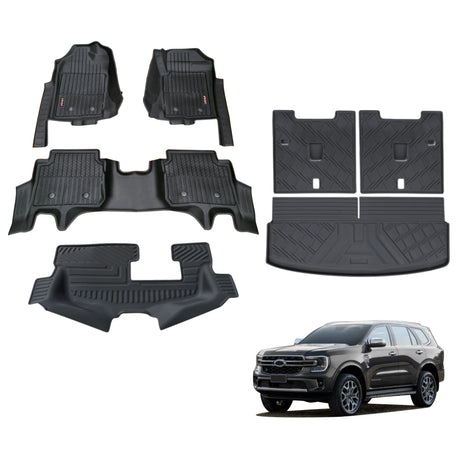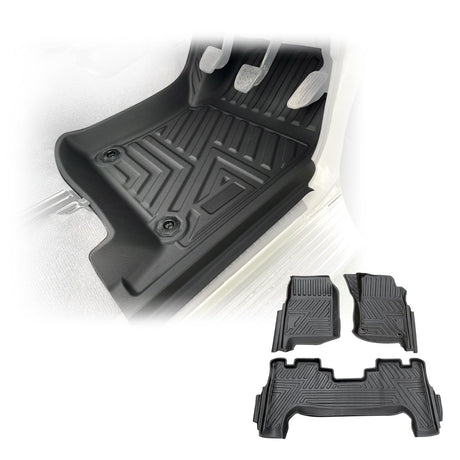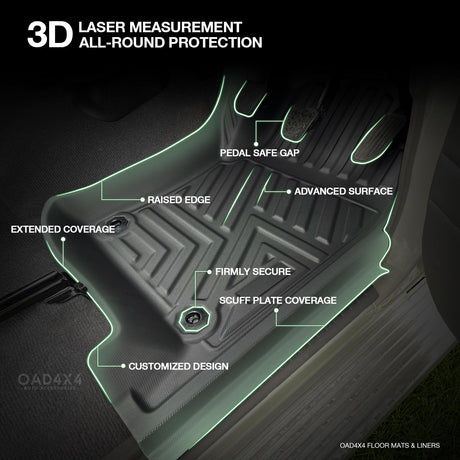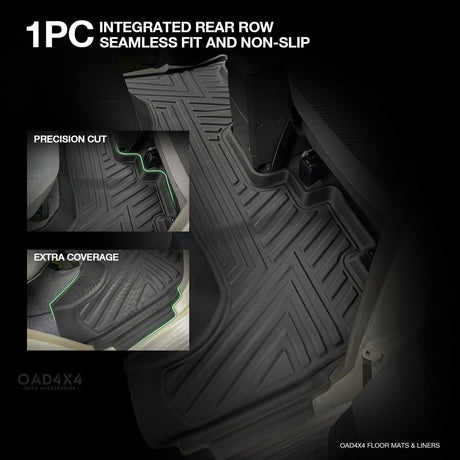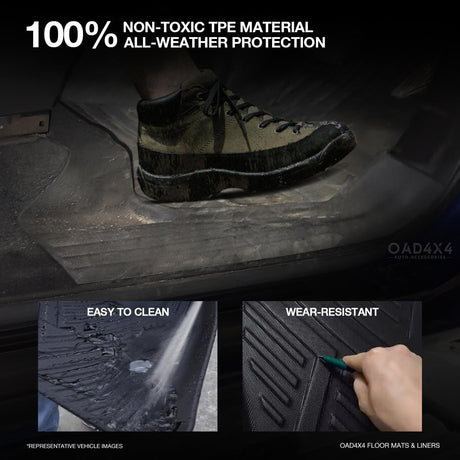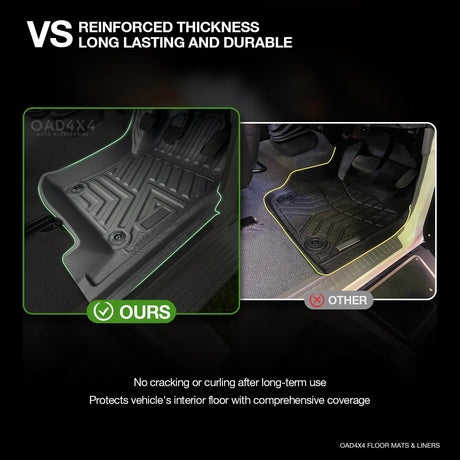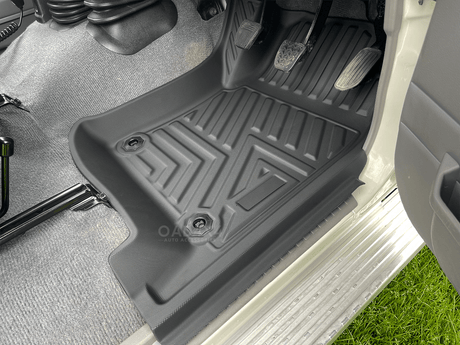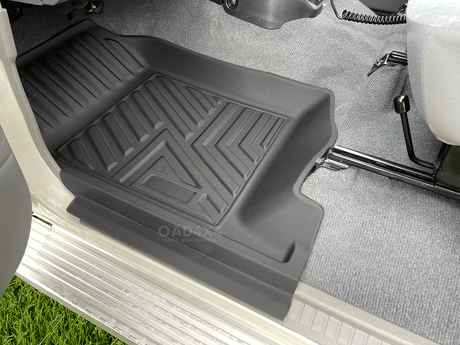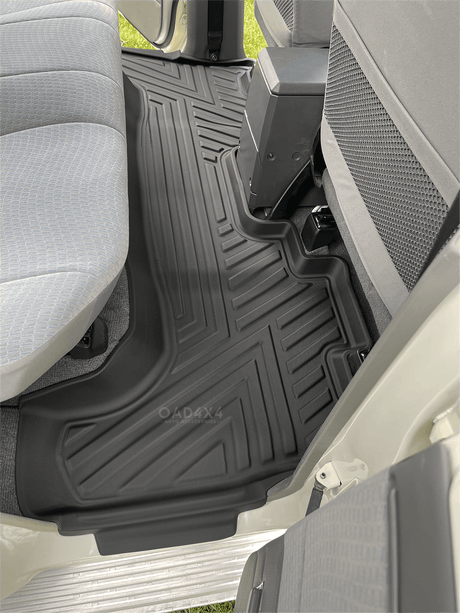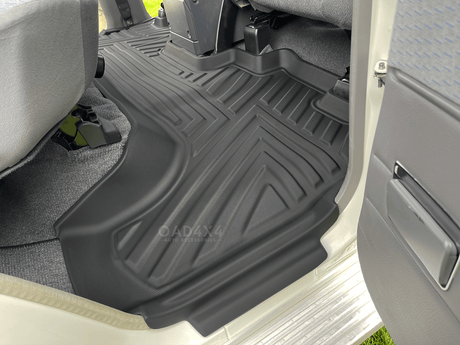Car mats have developed through a combination of evolving automotive needs, advancements in materials, and changing consumer preferences. Here’s a detailed look at the development of car mats:
Historical Development:
-
Early Cars (1900s - 1920s):
- Early automobiles had basic interiors, often with wooden or metal floors. Protection and comfort were minimal concerns.
- Early car mats, if used, were simple, rudimentary pieces of fabric or rubber placed on the floor to catch dirt.
-
Post-War Era (1940s - 1960s):
- As automobiles became more common and affordable, there was a growing focus on interior comfort and aesthetics.
- Carpeted floors became more popular, and with them, the use of carpet mats to protect the vehicle's interior and enhance comfort.
-
Modern Era (1970s - Present):
- The development of synthetic materials, such as nylon and polyester, allowed for the production of more durable and affordable carpet mats.
- The introduction of molded rubber mats provided better protection against water, mud, and snow, making them popular in regions with harsh climates.
Technological Advancements:
-
Material Innovations:
- Rubber: The development of high-quality, durable rubber mats provided better protection against moisture and dirt. These mats are easy to clean and ideal for all-weather use.
- Carpet: Advances in synthetic fibers allowed for the creation of more durable, stain-resistant, and easy-to-clean carpet mats.
- All-Weather Mats: Made from advanced thermoplastic materials, these mats offer superior protection and are designed to handle extreme temperatures and conditions.
-
Manufacturing Processes:
- Injection Molding: This process allows for the creation of precisely molded rubber and plastic mats, ensuring a perfect fit for specific vehicle models.
- Laser Cutting: Advanced laser cutting techniques ensure accurate and consistent shapes and sizes for car mats, enhancing their fit and finish.
-
Customization and Personalization:
- Embroidery and Printing: Modern techniques allow for custom designs, logos, and text to be added to car mats, catering to individual preferences and branding.
- Color and Design Options: A wide range of colors, patterns, and textures are available, allowing car owners to match or complement their vehicle’s interior.
Market Trends and Consumer Preferences:
-
Environmental Concerns:
- Recycled Materials: The use of recycled rubber and plastic in car mats caters to eco-conscious consumers.
- Biodegradable Options: Development of biodegradable mats provides an environmentally friendly option for car owners.
-
Technological Integration:
- Smart Mats: Some modern car mats incorporate sensors and technology to provide additional features, such as moisture detection or integration with the vehicle’s infotainment system.
-
Brand Collaborations:
- Collaborations between car manufacturers and accessory brands have led to the creation of high-quality, branded mats that offer a perfect fit and enhanced aesthetics.
Development of Car Mats
The development of car mats has been driven by the need for protection, comfort, and style within vehicle interiors. Technological advancements, material innovations, and changing consumer preferences have all played significant roles in shaping the modern car mat market. Today’s car mats are designed to provide optimal protection, enhance interior aesthetics, and cater to a wide range of consumer needs and preferences.












